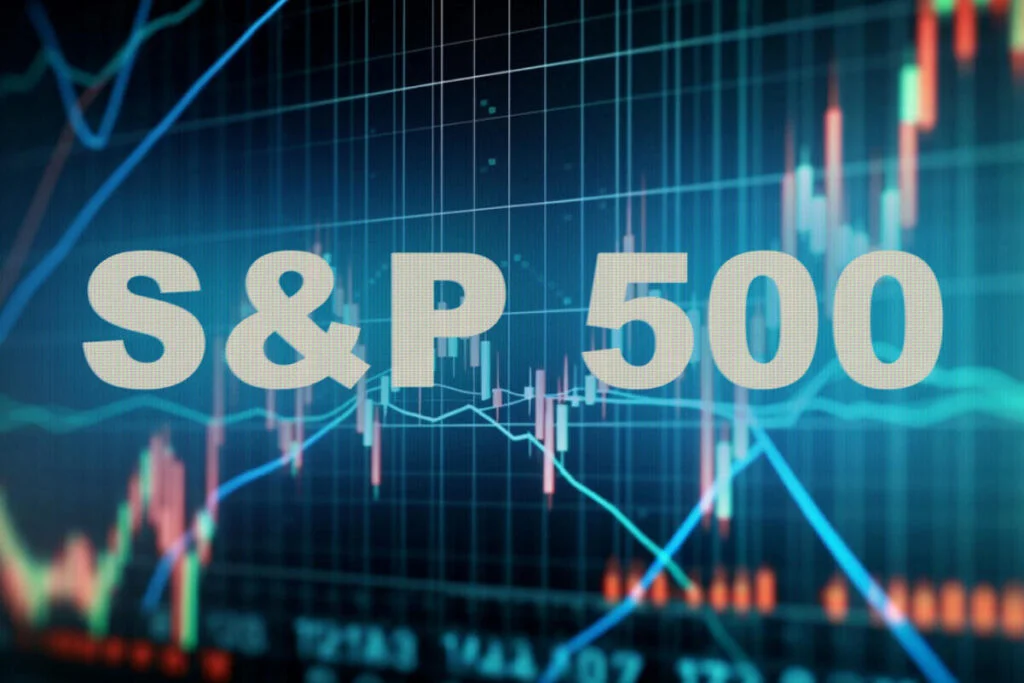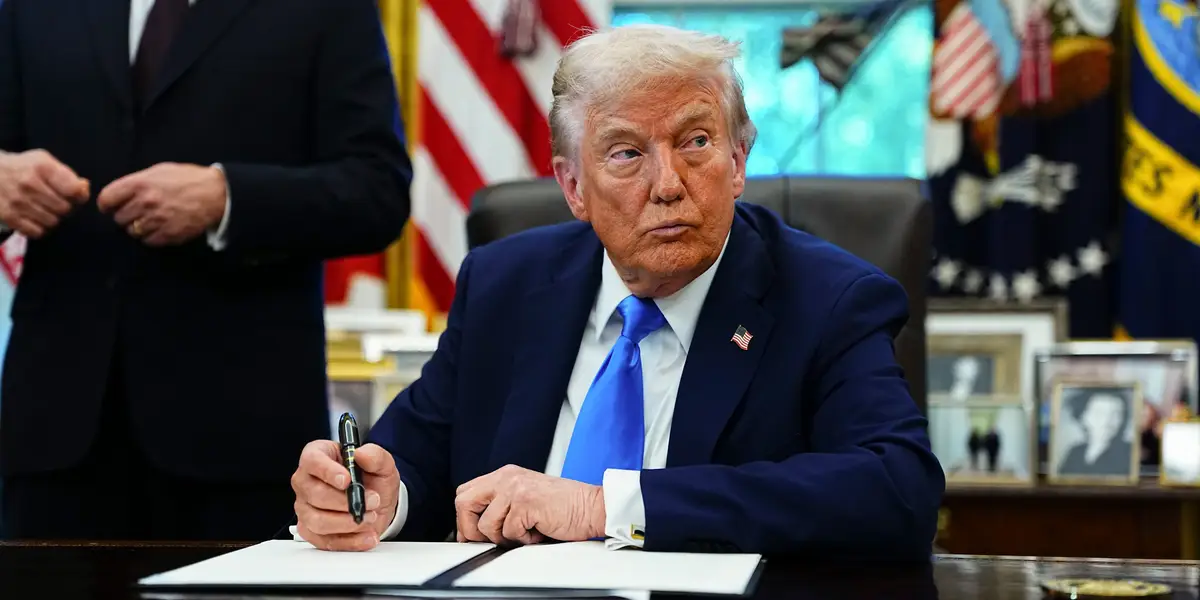
Your S&P 500 Index Fund Is Actually a Concentrated Tech Bet in Disguise.
The Index That Isn’t What It Says
The S&P 500 was created in 1957 to track the performance of America’s 500 largest companies, offering investors broad exposure to the U.S. economy. But somewhere along the way, it slowly transformed into something else entirely.
Today, buying the S&P 500 means making a concentrated bet on just ten companies, with the top three (NVIDIA, Microsoft, and Apple) controlling more market weight than the smallest 200 companies combined.
This is the S&P 500’s dirty secret in 2025, and if you own any index funds, you need to understand what’s happening right now.
The Numbers Don’t Lie (And They’re Worse Than You Think)
The top 10 stocks in the S&P 500 now command 38% of the index’s market capitalization while contributing only 28% of total earnings.
Let me put that in perspective: you’re paying for 38% of the market’s valuation while getting 30% of its earnings power. That’s the widest gap since 1970, and it should concern anyone who owns the index.
In the 70’s, market concentration peaked around 25% during the Nifty Fifty bubble. In 2000, at the height of the dot-com mania, it hit 27%. Today? We’re pushing 40%.
After analyzing the current market structure, and I can tell you with certainty: we’ve never seen concentration like this before. Not during the Nifty Fifty era of the 1970s. Not even during the dot-com bubble.
Three Stocks Now Control a Fifth of America’s Largest Index
NVIDIA alone represents 7.28% of the entire S&P 500. Microsoft controls 7.12%. Apple holds 5.78%.
Think about that. Three companies only represent over 20% of an index containing 500 of America’s largest public companies.
In theory, proper diversification meant no single holding should exceed 5% of a portfolio. Yet millions of Americans unknowingly have triple that concentration in individual stocks simply by owning “the market.”
What History Teaches Us (And Why This Time Might Be Different… For the Wrong Reasons)
Every major concentration episode in modern market history has the same patterns:
The 1973 Nifty Fifty Collapse:
Peak concentration: 25%
Aftermath: S&P 500 fell 40% over two years
Recovery time: Nearly a decade for some “one-decision” stocks
The 2000 Dot-Com Bubble:
Peak concentration: 27%
In 1999, the top 15 stocks contributed 70% of gains while the other 485 were flat
Technology stocks fell 80-100% when reality hit
Today’s Market:
Current concentration: 38-40%
Valuation metrics matching or exceeding previous peaks
One critical difference: today’s leaders actually generate profits
That last point matters. I’ll be honest: I’m not predicting an imminent crash. The Magnificent Seven companies (Apple, Microsoft, NVIDIA, Amazon, Alphabet, Meta, Tesla) are real businesses with genuine earnings and cash flows. From 2014 to 2023, the top 10 stocks represented 47% of total economic profit.
But here’s what troubles me: the fundamentals that once justified this concentration are weakening.
The Valuation Warning Signs I’m Watching
As someone who tracks multiple valuation metrics daily, I’m seeing red flags across the board:
The Cyclically Adjusted PE (CAPE) Ratio currently sits at 38, approaching the dot-com peak of 44. The historical median? Just 17.
The Buffett Indicator, which is the total market cap to GDP, has hit an all-time high of 167%, surpassing even dot-com levels.
Forward PE Ratios are at 22.2 times earnings, matching levels last seen in 2000 and 2021.
The Russell 1000 index currently provides diversification equivalent to just 59 equally-weighted stocks, down from 202 in 2014. That’s a 71% reduction in true diversification over the past decade.
The Passive Investing Trap Nobody’s Talking About
Passive investing is amplifying this concentration through a self-reinforcing cycle that has no natural brake.
As stocks rise, their index weight increases automatically. This attracts more passive investment capital, which drives prices higher, which increases their weight further. There’s no “sanity check” based on valuation, earnings growth, or fundamental analysis.
It’s momentum without a governor.
During the August 2024 volatility and recent tariff-related swings, I saw glimpses of what happens when this cycle reverses. With active managers now representing a smaller portion of market activity, there are fewer natural buyers during stress periods. The next real crisis could reveal just how fragile this structure has become.
What You Could Do Right Now
I’m not suggesting you sell all your index funds tomorrow. But I am recommending a hard look at what you actually own versus what you think you own.
Strategy 1: The Equal-Weight Alternative
The Invesco S&P 500 Equal Weight ETF (NYSE:RSP) holds the same 500 companies but allocates 0.2% to each stock.
Historical data shows equal-weight strategies have outperformed cap-weighted indices over extended periods, particularly during broad market rallies and value rotations.
The key difference: Instead of 31.6% in technology, you get balanced 10-12% allocations across all sectors. It’s still the S&P 500, just without the dangerous concentration.
Strategy 2: International Diversification (Yes, Really)
I know international diversification has underperformed for years. I’ve heard all the pushback who feel burned by emerging markets and European equities.
But here’s the reality: U.S. markets now represent 70% of developed market capitalization. That’s not diversification, it’s a concentrated bet on American exceptionalism continuing indefinitely.
International markets, particularly European and emerging market equities, trade at significantly more reasonable valuations. When mean reversion eventually occurs, these markets are positioned to outperform.
Strategy 3: Selective Hedging for Concentrated Positions
If you have large, concentrated positions in mega-cap tech stocks, you can investigate a few protective strategies:
Protective puts create price floors while maintaining upside participation. Yes, they require ongoing premium payments, but insurance isn’t free.
Zero-premium collars involve simultaneously selling calls and buying puts, creating price boundaries without upfront costs. You limit your upside, but you protect your downside.
These aren’t strategies for everyone, but if you’ve watched your NVIDIA position grow from 2% to 15% of your portfolio, it’s time to have the hedging conversation.
The Question Isn’t If, But How
Extreme concentration always normalizes eventually. The only question is how…
Option 1: Earnings growth catches up to valuations. The Magnificent Seven grow into their current prices through sustained profit expansion. This is the soft landing scenario.
Option 2: Valuations reset through a painful repricing. The market’s most expensive names fall back to earth while the other 493 stocks continue performing. This is the rotation scenario.
Option 3: A broad market correction affects everything, but concentrated indices fall furthest. This is the risk scenario that should concern index investors most.
I don’t know which path we’ll take. Nobody does. But I do know this: owning the S&P 500 today is not the diversified, moderate-risk investment it was a decade ago.
What I’m Doing With My Own Money
People always ask me this, and I’ll tell you: I maintain S&P 500 exposure, but I’ve shifted roughly 40% of my equity allocation to equal-weight strategies and international markets.
I’m not making a timing bet. I’m not predicting a crash. I’m simply recognizing that concentration this extreme represents asymmetric risk, limited upside relative to substantial downside.
When NVIDIA, Microsoft, and Apple together represent more than 20% of the index, a significant stumble in just one or two of these names can overwhelm the performance of the entire remaining 497 companies.
That’s not a risk I’m willing to take with my family’s financial future.
The Bottom Line
Market concentration at 40% is unprecedented. The valuation gaps are widening, not narrowing. The passive investing amplification continues accelerating.
I’m not here to frighten you. I’m here to make sure you understand what you own.
If you own S&P 500 index funds (and statistically, you probably do) you’re making a concentrated bet on ten companies. More specifically, you’re making a massive bet on three: NVIDIA, Microsoft, and Apple.
That might work out beautifully. The Magnificent Seven might continue dominating for another decade.
But if they don’t, if this concentration normalizes through any mechanism other than perfect earnings growth, the “safe, diversified” index fund in your 401(k) could underperform dramatically.
I’ve seen this movie before. The ending is never pretty.
The time to diversify isn’t after the concentration unwinds. It’s now, while you still have the choice.



